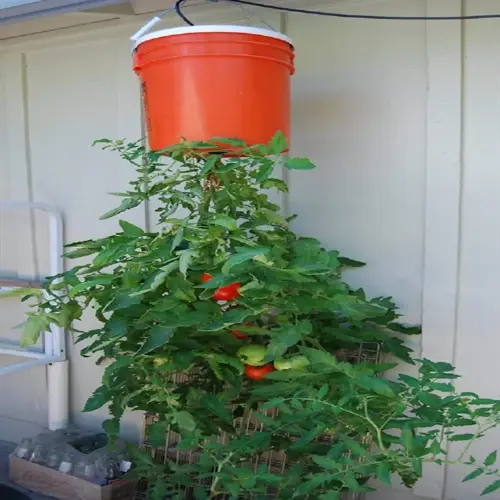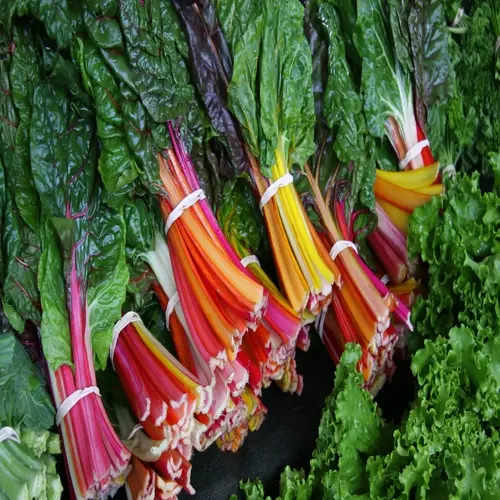Why do tomato plants need pruning?

Written by
Benjamin Miller
Reviewed by
Prof. Samuel Fitzgerald, Ph.D.Pruning your tomato plants is crucial for promoting healthy growth and achieving higher yields. Removal of some leaves allows for better air circulation around the plant, which decreases the potential for fungal diseases. It also focuses the plant's energy toward fruit development instead of having a lot of foliage. Pruning makes harvesting easier and allows sunlight to reach the developing fruit, promoting healthy growth.
Weekly wasting of suckers below the first flower cluster should be done on indeterminate varieties. These small shoots look like tiny plants that form where the main stems and branches meet. Pinch them off when they are 2-3 inches long with clean fingers. This diverts growth from suckers back to plants that produce fruit. I prune my plants every Monday morning when they are well hydrated. Never remove more than 25% of the foliage at one time.
To avoid soil-borne diseases cut any lower leaves that touch the soil. Eliminate foliage within 12 inches of the ground. Make clean cuts with disinfected bypass pruners. This prevents fungal spores from splashing on leaves in the rain. Throughout the season, I cut off any yellowing leaves. Proper airflow will help prevent blight and mildew.
Disease Prevention
- Improves airflow reducing fungal infections
- Removes leaves contacting contaminated soil
- Allows faster drying after rain or watering
Fruit Quality Improvement
- Directs sugars to fewer larger fruits
- Increases sunlight exposure for better ripening
- Reduces cracking by regulating water uptake
Season-End Management
- Top plants 4 weeks before first frost
- Remove flowers that won't mature
- Focus energy on ripening existing fruit
Early before frost, top plant to redirect energy into fruit ripening process. Prune back the main stem to 1-2 leaves above the highest fruit cluster. This halts any new growth form and redirects nutrients to the mature tomatoes. I top plant at night time temperatures below 50°F (10°C). Remove small flowers that will not mature/fruit.
Use good tools when making clean cuts. Bypass pruners are preferred over anvil pruners. You should disinfect your pruner blades with alcohol between plants. I sharpen my tools monthly to ensure clean cuts and quick healing. Prune on dry mornings to prevent disease entry points from developing. Ensure that you support large branches during pruning.
Read the full article: How to Grow Tomatoes: Essential Steps for Success

